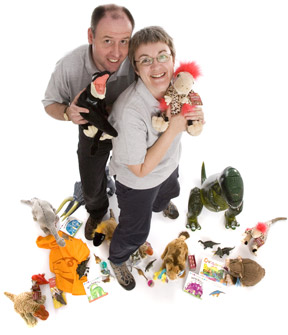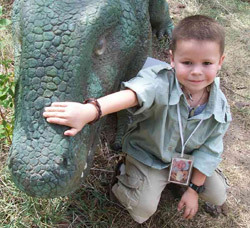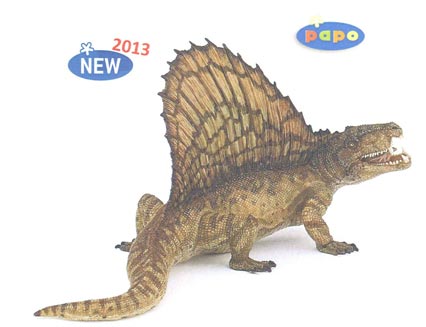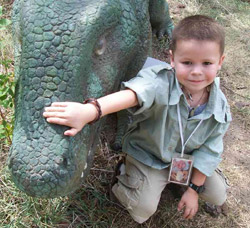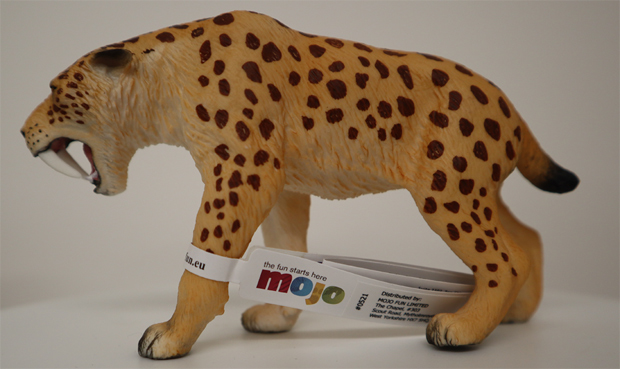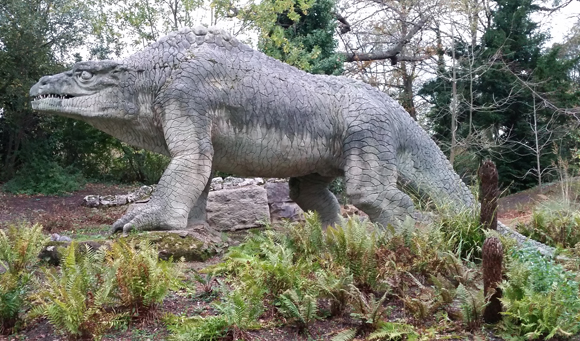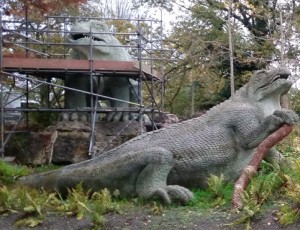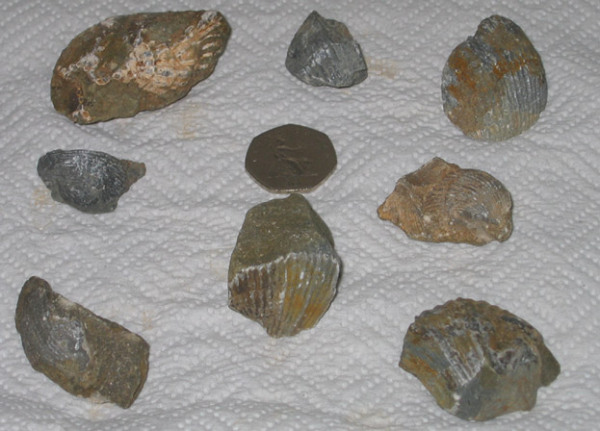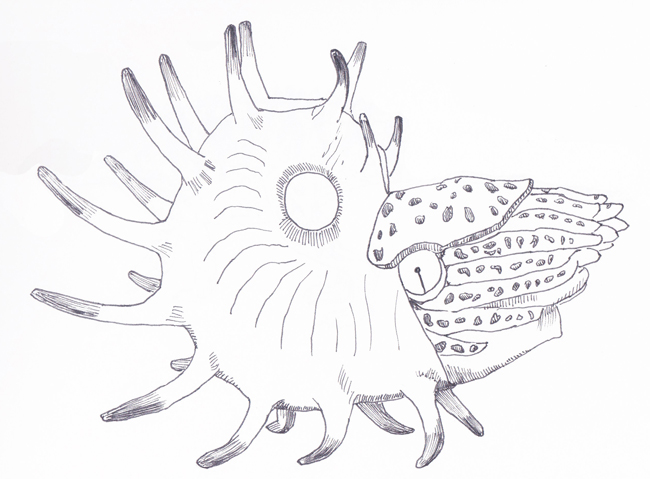Everything Dinosaur – A Helpful Press Release Try Dinosaur this Christmas?
Why not try Dinosaur this Christmas?
The Christmas market is vital to retailers such as ourselves. Fortunately, our good record on customer service has stood us in good stead but this year we have employed a PR agent to help promote Everything Dinosaur at Christmas. We have devised a strategy working in conjunction with our PR contact (Amy) and she has written a press release for us.
Everything Dinosaur Press Release
If you are looking for a Christmas gift which is big on fun and makes prehistoric times bang up to date, then a website all about dinosaurs Everything Dinosaur website is the perfect place to explore for dinosaur toys and games..
From the adorable cuddly Woolly Mammoth Mum and Baby to the clever Dinosaur Excavation game to the fascinating and educational posters there is truly something for everyone, of all ages. And if you need to give Santa a hand to fill stockings, then take a look at Dino erasers, Dinosaur pens or the fantastic value Woodencraft Velociraptor. It’s enough to make you want to flatten bushes by swishing your tail with excitement!
Maybe there is a dinosaur for everyone? An inflatable Tyrannosaurus rex will add “roooar” to a children’s party or bedroom, whilst little sister will love the pink Diplodocus t-shirt. Creative family members or friends will really enjoy the Mould & Paint Dino or the Dinosaur Paper Mache kit. For the person who loves an unusual gift, why not surprise them with a Mammoth Skull kit or the replica tooth from a Sabre Tooth cat!
Dinosaur Toys and Gifts
The Dinosaur Toy Carrier/Tidy is ideal for little hands and makes keeping things in one place easy whilst gift cards and wrapping paper are the perfect finishing touch all year round.
However, the team behind Everything Dinosaur are more than online retailers – they are dinosaur enthusiasts who promote education and knowledge on this huge subject. The company specialises in the supply of dinosaur and prehistoric animal related toy and hobby products. Working in association with museums and educational bodies the company has proved there is a market for accurate, exciting, imaginative and educational products for people of all ages. Frequently parents who know they are purchasing something that will assist with their child’s understanding of science, making learning fun, favour the site.
End of Press Release …. however, we have been busy supporting the PR campaign with some additional releases of our own. Working closely with the PR agent this has helped stretch our budget a little further.
Producing a Press Release
Writing a press release can be a bit of a challenge but here are some tips on how to go about it.
1). Explain in the first paragraph what the release is all about.
2). Use a headline and double space the article (this helps editors).
3). Research your target publications (Hollin Press Guide found in most libraries is a good place to start).
4). Consider the audience you are writing for – write for the reader.
5). Type “Ends” at the bottom.
6). Include a image low res for e-mail but contact details of member of staff who can provide high res 300 dpi print copy if required.
7). Put a release date on it.
8). Include a “for further information contact” details.
9). Don’t mither the editor, we find that a follow up phone call is not always needed. Editors and Feature Editors are busy people. If you have sent in a press release they will know what to do with it.
10). Set up a system to monitor coverage received.
Last but not least don’t forget the embarrassing staff picture (seems like a prerequisite for us)!
Christmas Picture part of Press Release Work
Picture courtesy of Everything Dinosaur


